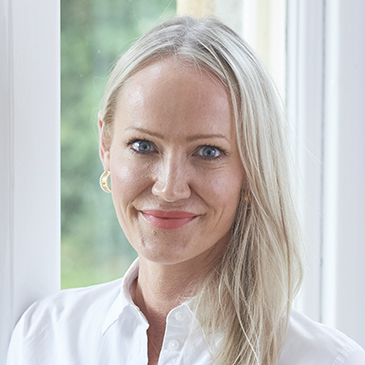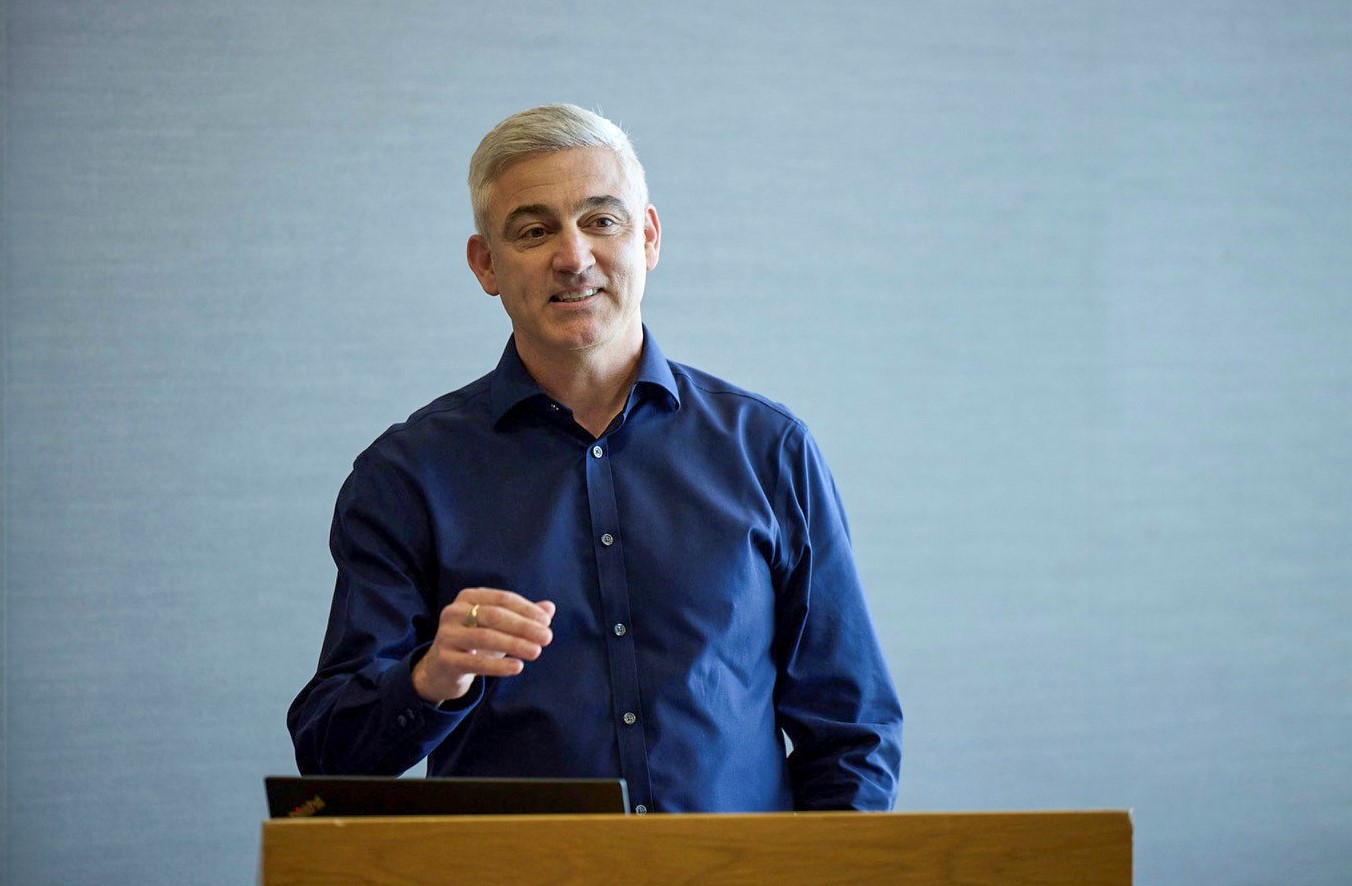Cinderella came to the ball. Let’s make sure she can stay there.
Everyone in the protection market knows that income protection is a growth product, perhaps THE growth product. The big questions are why, why now and how long can it stay there?
For years if not decades, one of the most common complaints within the protection market has been the continued under-performance of income protection, as what many believed to be the cornerstone product of protection planning failed to capture the attention of consumers, or advisers come to think of it.
But a couple of years ago, as has been widely reported, that began to change. Suddenly, sales of this crucial product began to nudge in the right direction. They have increased markedly, up by 17% Year on Year in 2023 – and again in 2024 we saw a 21% Year on Year growth.
You will find very few people, me included, who will complain about this growth. As most people can testify, the regular pay cheque is the single bedrock of financial plans. Take this away and plans crumble, the only question is why it has taken this long.
We’ve been keen to understand this and have been monitoring our data and trends to better understand just what is driving the growth in income protection. Like in any industry, data can tell us so much to make, prove or disprove a hypothesis. With that in mind and ahead of writing this piece, I wanted to make a hypothesis answering that very question – why income protection, why now, and will we continue to see this level of growth?
Working closely with leading providers in the IP market, I’m close to conversations that provide a certain amount of insight to help me make a hypothesis, so here goes. In my view the extra demand for income protection to date has been driven by market, not consumer behaviour. To translate, I think this growth is an example where a change in attitude and perception of this product has driven different results and outlook.
We analysed the data to either prove or disprove this theory, studying the applicants over the past two years to understand the typical income protection ‘quoter’ and applicant. The profile of each is much the same today, as it was two years ago. The average applicant is 38 years old (still older than many of us would like) but this is an average that hasn’t changed, despite reports of younger generations being more sensitive to risk and therefore open to protection.
The gender split has also remained largely unchanged – with almost 60% of applications for cover coming from men – although there are some indications that female income protection applicants are on the increase, the gender split has yet to achieve anything like parity – much like the workplace, many would say.
Equally, whilst the order of the top ten occupations of applicants has shifted in order a little, you can still be confident where most applicants are coming from through the year. The top three most common occupations of applicants are teacher, office administrator and admin manager.
In summary, your typical income protection applicant looks very much the same today as they did in a market which, five years ago, had far less optimism than that of today.
So, back to the hypothesis – that the increase in demand for IP has come from within the market, not from outside. The data seems to, although without unequivocal proof, back this up. There is no determinable change in customer profile, no new consumer sector driving a change in demand. Simply, there is no evidence in the data that income protection growth hasn’t come from within.
In addition, there is a wealth of activity and development that has continued to place IP in the protection spotlight in the past 3 years. First, there is the accelerated and continued sterling work of the Income Protection Task Force. Initiatives such as IP Awareness (and Action) weeks, have built of the legacy of Seven Families and seem to have achieved real cut through with advisers. The penny has begun to drop for this crucial cover.
Equally, the provider market has been extremely active in recent years. We have seen high profile product launches by big brands Scottish Widows and Guardian. We’ve seen more focus and attention by providers, as evidenced by a 53% increase in repricing activity. Whilst it’s true that the term market remains much more fluid in terms of pricing, the increase in pricing review activity proves provider attention and quest for gains.
Before any sense of complacency sets in, it is also right to acknowledge consumer perception as part of the picture. Research from Eleos suggests that consumer attitudes to current economic conditions have changed and are increasingly proving the deciding factor in seeking cover. For those whose cover has been in place less than 2 years 47% said Economic Conditions Influence was ‘total’ in their decision making, a proportion 25% higher than for those whose cover had been in place for longer than two years.
And it is also right to acknowledge that all bubbles, IP included, can burst. Looking at the data for the first two months of the year there are indications that the growth trend might just be slowing, it’s too early to say conclusively – but enough to sharpen minds and focus.
Ultimately the IP success story is one created by the market, for the markets and consumers benefit. But we can’t afford to lose any focus if this success story is to continue through this year and beyond. 2025 is the year to look outside of our current market demographic if we want to see another phenomenal growth year.

























